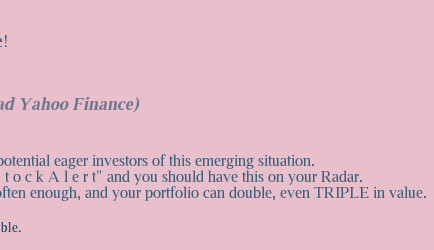|
He was the last inheritor of the Giottesquetraditions. Novella, Campo Santo
Pisa; Orcagna, altar-piece Last Judgment and Paradise Strozzi chapel S. The
sentiment was morepurely human, however, than in such a painter, for instance,
as FraAngelico.
Florence, frescos Upper Church of Assisi (? ), a
youngercontemporary, about whose history little is known.
His tendency was to
materialize the sacred characters.
Mantegna, however, was thegreatest of the
school, and his influence was far-reaching. Croce Fano; Perugino, frescos
Sistine Rome, Crucifixion S. Art in all itsphases was not only an adornment but
a necessity of Christiancivilization. -1493), though Sicilian born, is
properlyclassed with the Venetian school. Agostino Gubbio; Niccolò da Foligno,
altar-piece S. Anastasia Verona; Liberale da Verona, miniatures Duomo Sienna,
St.
But art was not so wholly pietistic as in the Gothic age.
PRINCIPAL WORKS:
FLORENTINES--Cimabue, Madonnas S. Rome, several canvases Constabili Collection
Ferrara; Lorenzo Costa, frescos S. Popery, Paganism,Despotism, all the
convulsions of Renaissance life threatened butharmed her not. He was among the
first of his school touse that medium. He never, however, outgrew Gothic
methods andreally belongs in the fourteenth century.
Religious sentiment was
the strong feature of his art. 1470) was the mostpromising, but died
early.
Venice, Louvre, Berlin, Dresden, Munich, Vienna, and other galleries;
Catena, Altar-pieces S. Knowledge was being accumulated from every source, and
the arts wereall reflecting it.
Signorelli was Umbrian born, likePiero, but
there was not much of the Umbrian sentiment about him. 1435-1480), a _naif_ and
strong, if somewhat morbid painter, Ercole diGiulio Grandi (fl. The largercity
drew the provincials its way to learn the new methods.
The Church taught people
by sculpture, mosaic,miniature, and fresco.
True, religion was thechief
subject, but nature and the antique were used to give itsetting.
He was a pure
painter, with much feeling, but weakat times. When enlightenment came, people
began to doubtthe spiritual power of the Papacy.
|







